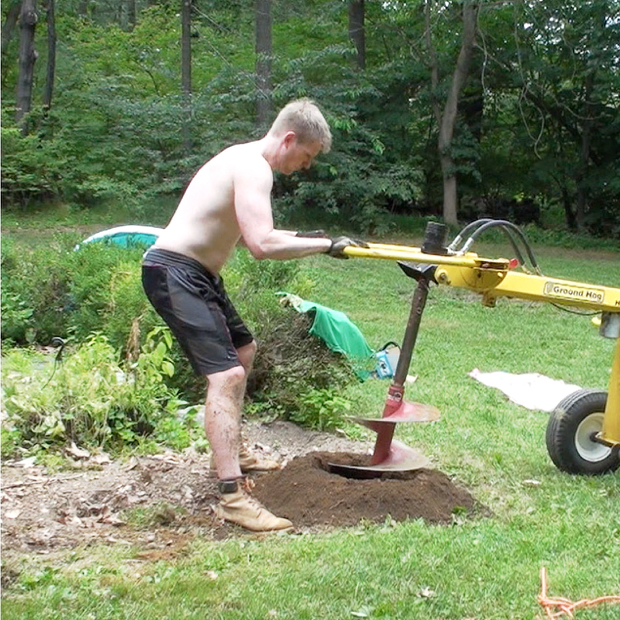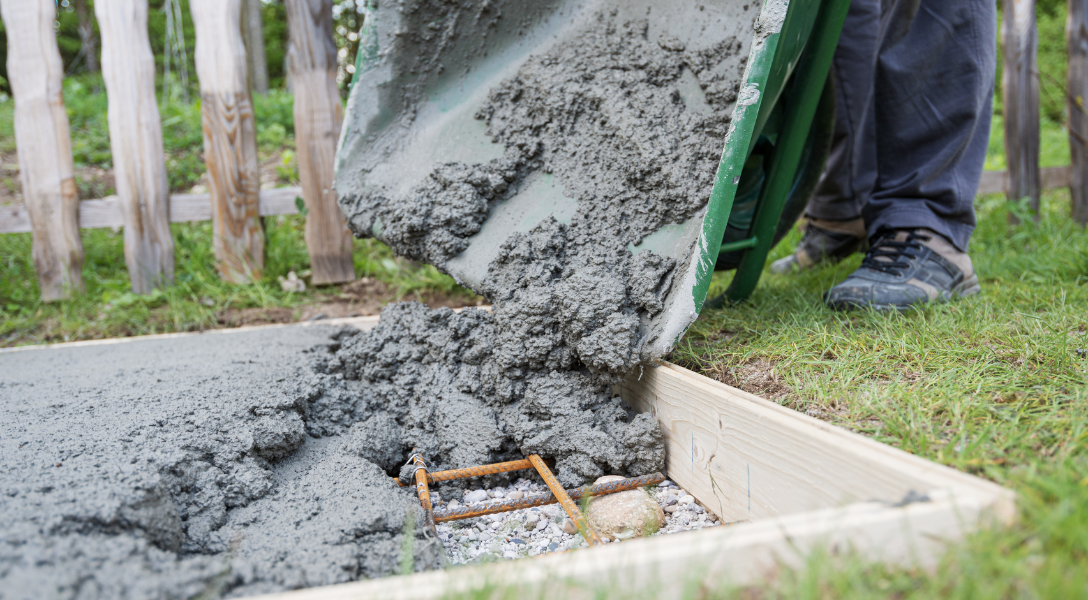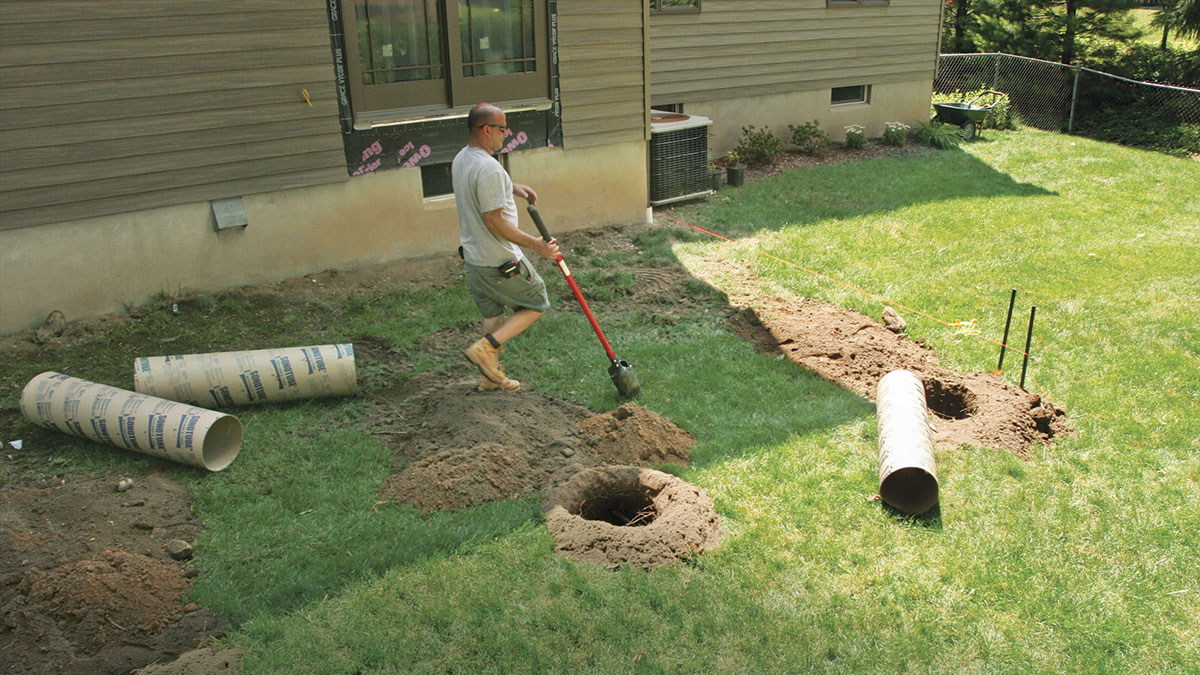Make Certain Stability and Long Life With Properly Mounted Deck Footings
Deck grounds might not be the most extravagant element of deck building, but they play an important duty in making certain security and durability. In this discussion, we will explore the relevance of correct deck grounds, elements to think about during installation, various types of footings readily available, detailed setup guide, and upkeep ideas for ensuring resilient grounds.

Importance of Appropriate Deck Grounds
Why are appropriately mounted deck grounds critical for the security and long life of your deck? Deck grounds are the structure on which the deck relaxes, moving the tons from the deck to the ground.
First of all, correctly set up deck grounds distribute the weight of the deck uniformly, avoiding any uneven settling or sinking. This is particularly important in locations with unpredictable dirt, as it assists to reduce the danger of the deck collapsing or changing. In addition, well-installed footings guarantee that the deck remains degree, preventing any architectural damages that can occur when a deck becomes unequal.
Secondly, correctly installed footings provide a strong support for the deck, stopping too much activity and guide. This helps to maintain the structural stability of the deck, minimizing the threat of injuries or crashes. It also lessens the deterioration on the deck, enabling it to endure the aspects and normal usage for a longer time period.
Aspects to Consider for Deck Footing Setup
When installing deck grounds, there are numerous essential variables to think about for correct setup. These variables can considerably impact the security and longevity of your deck. You require to identify the kind of dirt on which the deck will be constructed. Different dirt types have different load-bearing abilities, so it is important to perform a soil examination to make certain the footings can sustain the weight of the deck and its owners. Furthermore, the location and design of the deck ought to be thoroughly intended to avoid any type of barriers such as trees, energy lines, or underground pipes. It is likewise important to think about the regional environment and weather conditions, as these can impact the longevity of the footings. Areas with a high water table might require additional measures to avoid water damage. The dimension and material of the footings must be selected based on the size and weight of the deck, as well as the regional building codes and policies. By taking into consideration these elements, you can make sure the appropriate setup of deck grounds and take pleasure in a secure and resilient deck.
Sorts Of Deck Footings to Select From
There are numerous various types of deck grounds offered for you to pick from. Each kind has its own benefits and downsides, so it's important to consider your particular needs and the problems of your deck before making a choice.
One common sort of deck footing is the concrete footing. This involves excavating holes in the ground and pouring concrete right into them to produce a strong foundation. Concrete footings are durable and provide superb security, making them appropriate for decks in areas with challenging soil conditions or high wind lots.
One more option is the helical pier footing, which includes a steel shaft with helical plates that are screwed right into the ground. These footings are fast to mount and can be utilized in various soil kinds, consisting of sandy or clay soils. They are additionally flexible, permitting very easy progressing of the deck.
Sonotube footings are an additional preferred option. These grounds are created by placing a cardboard tube in an opening and filling it with concrete. Sonotube grounds are fairly simple to mount and supply sufficient security for smaller sized decks or in areas with much less requiring dirt problems.

When selecting the type of deck footing, it's important to think about aspects such as soil conditions, deck size and weight, local building regulations, and personal preferences. By selecting the appropriate ground kind, you can make certain the stability and durability of your deck.
Step-by-Step Overview for Putting Up Deck Footings

Figure out the area: Begin by noting the specific position of each ground making use of stakes and string (Deck Footings). Think about any kind of local structure codes or laws concerning obstacle ranges
Dig the openings: Use a message opening digger or an auger to dig the holes for the footings. Typically, a deepness of at the very least 36 inches is advised for security.
Degree the holes: Ensure that the bottoms of the holes are level (Deck Footings). This can be accomplished by making use of a degree or a straight board throughout the top of the holes
Add gravel: Place a layer of gravel at the bottom of each hole to enhance drain and stop the ground from sinking right into the dirt gradually.
Put the ground types: Place the ground creates right into the openings, ensuring they are centered and level. Use stakes to secure them in place.
Mix and put concrete: Adhere to the guidelines on the concrete mix bag to prepare the concrete. Put the concrete right into the ground kinds, loading them totally.
Smooth the surface: Use a trowel to smooth the surface of the concrete and remove any kind of air pockets. Permit the concrete to heal according to the maker's directions.
Maintenance Tips for Lasting Deck Footings
Correct maintenance is important for making certain the long life and security of deck footings. By on a regular basis examining and keeping your deck footings, you can avoid damage and prospective safety dangers.
Routine cleaning is also essential for keeping deck grounds. Particles, plants, and dust can accumulate around the grounds, which can lead to moisture accumulation and degeneration. Cleaning click now up the footings visit this website routinely, utilizing a brush or a stress washer, can assist avoid these issues and expand the life-span of your deck.
Along with cleansing, it is essential to maintain the location around the footings free from any obstructions. Prevent stacking things against the footings or enabling plants to grow too near them. These obstructions can catch wetness and trigger the grounds to weaken gradually.
Lastly, routine resealing of the grounds is suggested to safeguard them from dampness and various other ecological elements. Applying a water resistant sealer can aid avoid water damages and prolong the life-span of the grounds.
Verdict
Finally, proper setup of deck footings is critical for guaranteeing stability and durability of your deck. Aspects such as dirt kind, tons capacity, and local structure codes need to be thought about when selecting the appropriate type of deck grounds. Adhering to a detailed overview for installment and routine maintenance will certainly help to guarantee the footings continue to be sturdy and resilient.
In this conversation, we will certainly explore the relevance of correct deck footings, elements to consider throughout installation, various kinds of grounds available, step-by-step installment overview, and upkeep pointers for ensuring long-lasting footings. Deck grounds are the foundation on which the deck relaxes, transferring the tons from the deck to the ground.One usual type of deck footing is the concrete footing. Place the ground types: Put the footing creates into the openings, ensuring they are centered and degree.In conclusion, appropriate setup of deck footings is critical for guaranteeing stability and longevity of your deck.